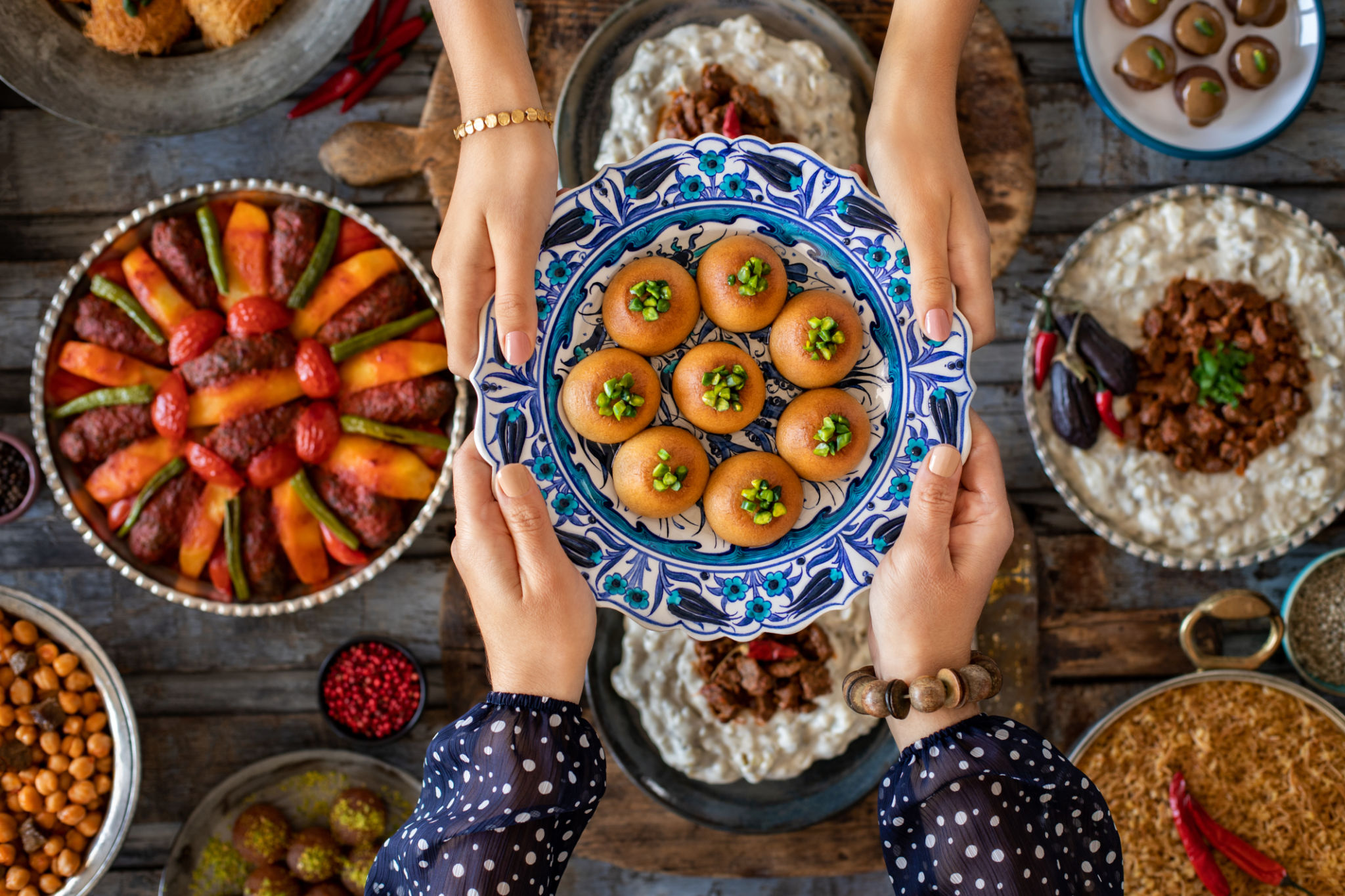Exploring the Rich Flavors of Traditional Palestinian Kunafeh
The Cultural Significance of Kunafeh
Kunafeh is more than just a dessert; it is a symbol of hospitality and celebration in Palestinian culture. This delectable treat is often served during special occasions, family gatherings, and religious festivals. Made from layers of thin noodle-like pastry or semolina dough, kunafeh is filled with gooey cheese and soaked in sweet syrup, creating a unique blend of textures and flavors that is truly unforgettable.
The origins of this beloved dessert can be traced back to the Levant region, where it has been enjoyed for centuries. Today, kunafeh is not only a staple in Palestinian households but also a favorite among food enthusiasts worldwide who seek to explore the richness of Middle Eastern cuisine.

Ingredients That Make Kunafeh Unique
One of the key elements that sets kunafeh apart from other desserts is its unique combination of ingredients. The main components include:
- Kataifi or Semolina Dough: This forms the base of the kunafeh, providing a crispy texture that contrasts beautifully with the soft cheese filling.
- Nabulsi or Akkawi Cheese: These traditional cheeses are commonly used in making kunafeh, offering a mild and slightly salty flavor that balances the sweetness of the syrup.
- Sugar Syrup: Infused with hints of rose or orange blossom water, the syrup adds an aromatic sweetness that enhances the overall taste.
The combination of these ingredients results in a dessert that is both indulgent and satisfying, offering a taste experience that is rich in flavor and history.

The Art of Making Kunafeh
Preparing kunafeh is considered an art form in many Palestinian kitchens. The process begins with layering the pastry or dough, followed by adding the cheese filling. Once assembled, the dessert is baked until golden brown and crispy. The final step involves drenching the hot kunafeh with sugar syrup, allowing it to soak into the layers and enhance the flavors.
While traditional preparations require skill and attention to detail, modern variations have made it easier for home cooks to recreate this classic dish. Ready-made kataifi dough and pre-grated cheese are now available at many specialty stores, making it accessible to anyone interested in trying their hand at making kunafeh.
Variations and Modern Twists
While traditional kunafeh remains a favorite, culinary enthusiasts have developed variations that cater to different tastes and preferences. Some popular modern twists include using cream or custard fillings instead of cheese, or incorporating nuts such as pistachios or almonds for added crunch.

These adaptations not only highlight the versatility of kunafeh but also demonstrate its ability to evolve while maintaining its cultural essence. Whether enjoyed in its classic form or as a contemporary creation, kunafeh continues to captivate food lovers around the globe.
Where to Find Authentic Palestinian Kunafeh
For those eager to indulge in authentic Palestinian kunafeh, visiting local bakeries and restaurants specializing in Middle Eastern cuisine is highly recommended. Cities with vibrant Middle Eastern communities often have hidden gems where traditional recipes are preserved and cherished.
Additionally, food festivals and cultural events celebrating Palestinian heritage provide an excellent opportunity to savor this iconic dessert prepared by skilled artisans. Experiencing kunafeh in its authentic setting allows for a deeper appreciation of its cultural significance and culinary artistry.
Bringing Kunafeh to Your Kitchen
If you're inspired to bring a taste of Palestine into your own kitchen, numerous recipes and tutorials are available online to guide you through the process. With patience and practice, you can master the art of making kunafeh and share this delightful treat with family and friends.
Whether you're exploring traditional recipes or experimenting with modern twists, making kunafeh at home offers a rewarding culinary adventure that celebrates the rich flavors and cultural heritage of Palestine.
